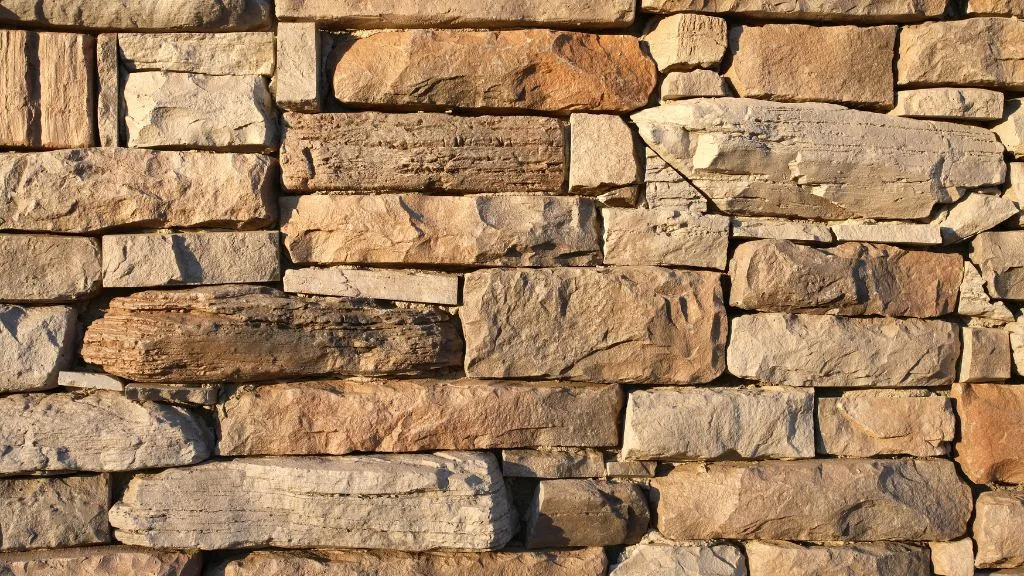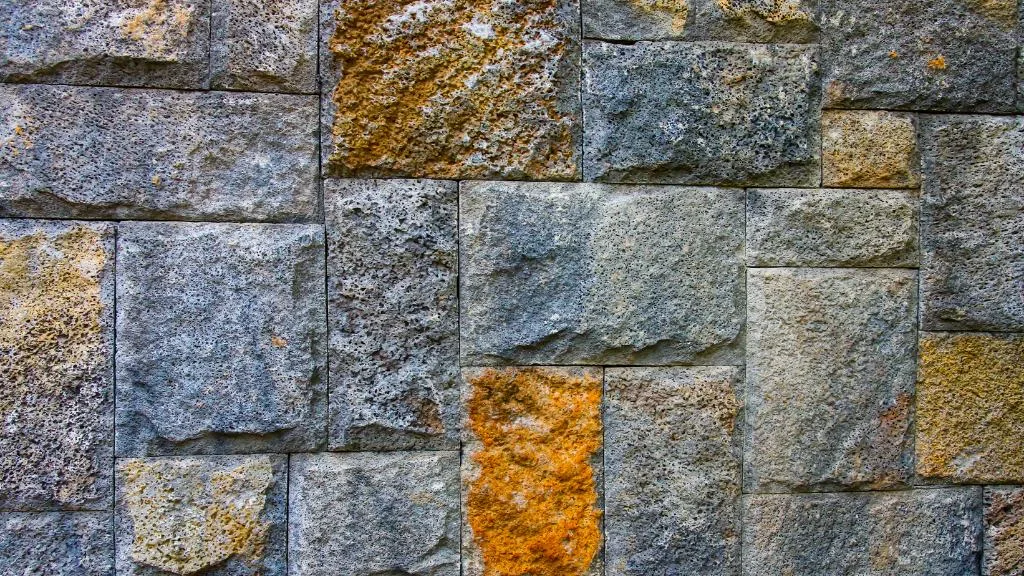
Looking to spruce up your home’s exterior or interior? Stone veneer might just be the perfect solution! This versatile material is a cost-effective and lightweight alternative to natural stone, making it a popular choice among homeowners and builders alike.
But what exactly is stone veneer, and how does it differ from traditional stone? In this comprehensive guide, we’ll explore the ins and outs of stone veneer, from its composition and installation process to its various applications and design options.
So, whether you’re a DIY enthusiast or a professional contractor, read on to discover everything you need to know about this exciting building material.
What is Stone Veneer?
If you’re looking to add a touch of elegance and sophistication to your home’s exterior, you may have come across the term “stone veneer.” But what exactly is it? In simple terms, stone veneer is a thin layer of real or synthetic stone that is applied to the exterior of your home or building to give it the appearance of a solid stone structure.
Stone veneer is available in a variety of styles, textures, and colors, and it can be made from a range of materials such as natural stone, cement, and manufactured stone veneer. Natural stone veneer is made from real stone, such as granite, and is cut into thin panels for easy installation.
Manufactured stone veneer, on the other hand, is made from concrete and pigments and is molded to look like natural stone.
One of the main benefits of stone veneer is that it is lightweight and can be installed over a variety of substrates, including wood, brick, and concrete. This makes it a popular choice for homeowners who want to give their home’s exterior a facelift without the need for a major renovation.
Stone veneer is also incredibly durable and requires minimal maintenance. Unlike traditional masonry, which can crack and deteriorate over time, stone veneer is designed to withstand the elements and retain its curb appeal for years to come.
When it comes to installation, stone veneer can be applied using either a mortar or adhesive system. Mortar is the traditional method and involves applying a layer of mortar to the substrate and then pressing the stone veneer into the mortar.
Adhesive systems, on the other hand, use a special adhesive that is applied directly to the back of the stone veneer and then pressed onto the substrate.
In terms of cost, stone veneer can be a significant investment, but it is often less expensive than traditional masonry. Factors that can affect the cost include the type of stone veneer, the style and texture, and the labor involved in the installation.
However, stone veneer is often seen as a valuable investment due to its durability, curb appeal, and potential for added insulation to your home.
Overall, stone veneer is a versatile and attractive option for homeowners who want to add value and curb appeal to their home’s exterior. Whether you choose natural stone or manufactured stone veneer, you can enjoy the beauty and durability of stone without the high cost and labor of traditional masonry.
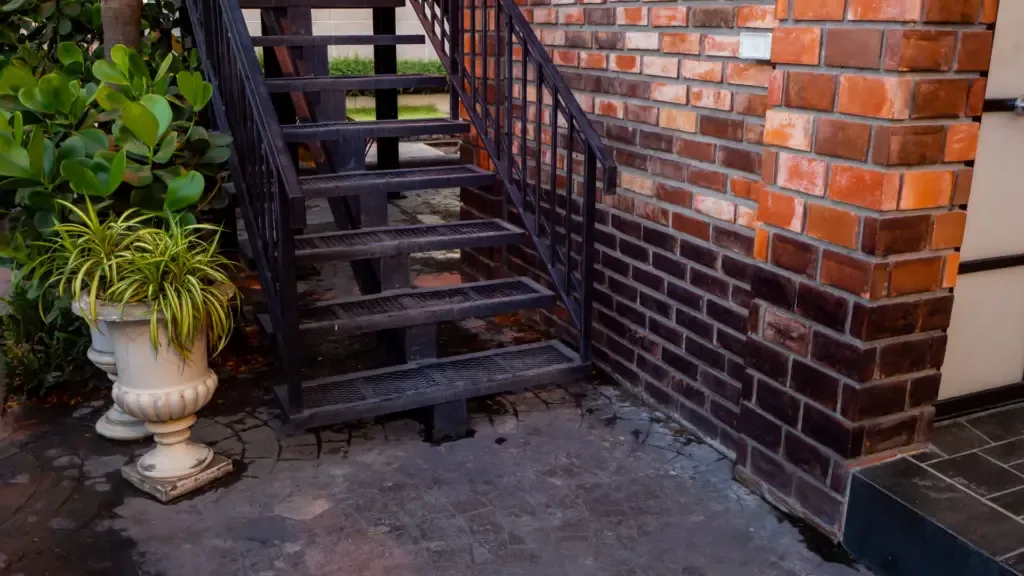
Types of Stone Veneer
When it comes to stone veneer, there are three main types to choose from: Full Bed Veneer, Natural Thin Stone Veneer, and Faux Stone Veneer. Each type has its own unique characteristics, advantages, and disadvantages. Here’s what you need to know about each type:
Full Bed Veneer
Full Bed Veneer, also known as Cast Stone, is a thick, heavy stone veneer that is typically used for larger projects such as exterior walls or columns. It is made by pouring a mixture of cement, natural aggregates, and pigments into molds to create the desired shape and texture.
Full Bed Veneer offers an authentic look and design flexibility, but it can be expensive and difficult to install due to its weight.
Natural Thin Stone Veneer
Natural Thin Stone Veneer, also known as Natural Stone Veneer, is a lightweight and eco-friendly alternative to Full Bed Veneer. It is made by cutting natural stones such as marble, limestone, or mountain stones into thin slices, typically between 1-2 inches thick.
Natural Thin Stone Veneer offers an authentic look, low maintenance, and energy efficiency, but it can be expensive and may require staining or sealing to maintain its appearance.
Faux Stone Veneer
Faux Stone Veneer, also known as Cultured Stone or Manufactured Stone, is a cost-effective and beautiful alternative to natural stone veneer. It is made by pouring a mixture of cement, natural aggregates, and pigments into molds to create a stone-like texture and appearance.
Faux Stone Veneer offers an authentic look, installation cost savings, and design flexibility, but it may not be as environmentally friendly as natural stone veneer.
In summary, when choosing a stone veneer type, consider your project size, budget, design preferences, and environmental impact. Whether you choose Full Bed Veneer, Natural Thin Stone Veneer, or Faux Stone Veneer, you can achieve a beautiful look and accent wall for your interiors or exteriors, fireplace facings, or pillars.
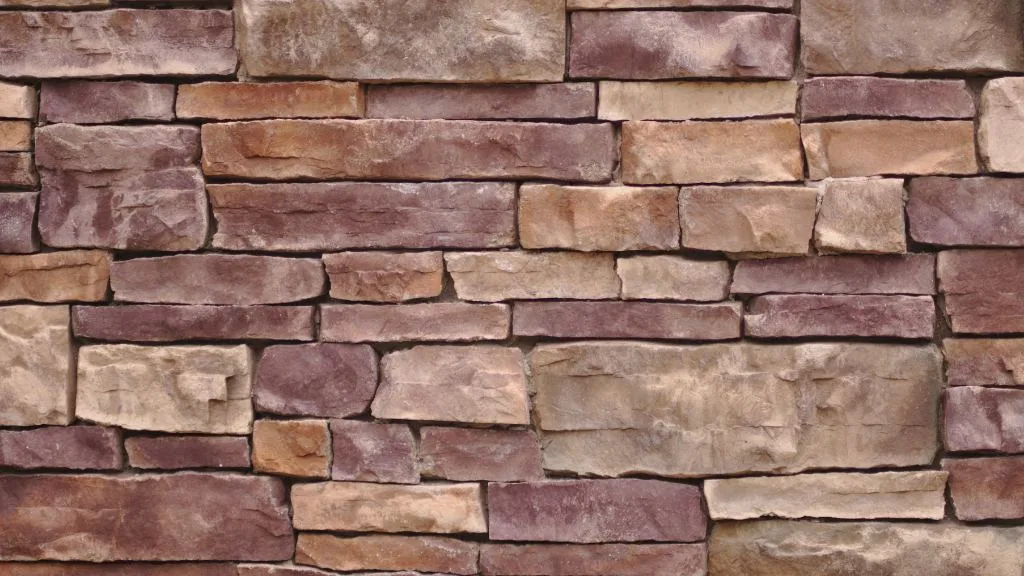
Installation of Stone Veneer
Stone veneer is a popular choice for homeowners who want to add an elegant touch to their home’s exterior or interior. Proper installation of stone veneer is crucial for ensuring the longevity and durability of the material. In this section, we will discuss the proper installation of stone veneer and the associated costs.
Proper Installation
The installation of stone veneer involves a few key steps to ensure that it is done correctly. Here are some tips for proper installation:
- Prepare the surface: Before installing stone veneer, make sure the surface is clean, dry, and free of debris. Use a concrete mix to create a sturdy and level surface.
- Apply adhesive: Apply a thin layer of adhesive to the back of each stone veneer piece. Use polyurethane adhesive for easy-to-install and manufactured stone veneer siding.
- Install the veneer: Press the stone veneer evenly and firmly against the wall. Make sure the stones are lined up tightly against one another. Begin at the bottom and work upward, rotating the stone gently while pressing inward to squeeze the mortar out.
- Finish the project: Once the installation is complete, clean the surface of the stone veneer and remove any excess adhesive. Allow the adhesive to dry for at least 24 hours before applying any sealant.
Installation Costs
The cost of installing stone veneer varies depending on the type of stone veneer, the size of the project, and the location of the home. According to the Cost vs. Value Report, the average cost of installing stone veneer is around $9,357, with an average return on investment of 95.6%.
Here are some factors that can affect the installation costs:
- Type of stone veneer: Riverbed, thin slices, and other types of stone veneer may have different production costs, which can affect the final price.
- DIY project: If you choose to install stone veneer yourself, you can save money on labor costs. However, keep in mind that improper installation can lead to costly repairs down the line.
- Upkeep: Stone veneer requires regular upkeep to maintain its appearance and prevent damage. This may include cleaning, sealing, and repairing any cracks or chips.
- Fire-resistant: If you live in an area prone to wildfires, it may be worth investing in fire-resistant stone veneer to protect your home.
Stone veneer is a versatile and affordable material that can add value and elegance to your home. With proper installation and upkeep, it can last for many years to come.
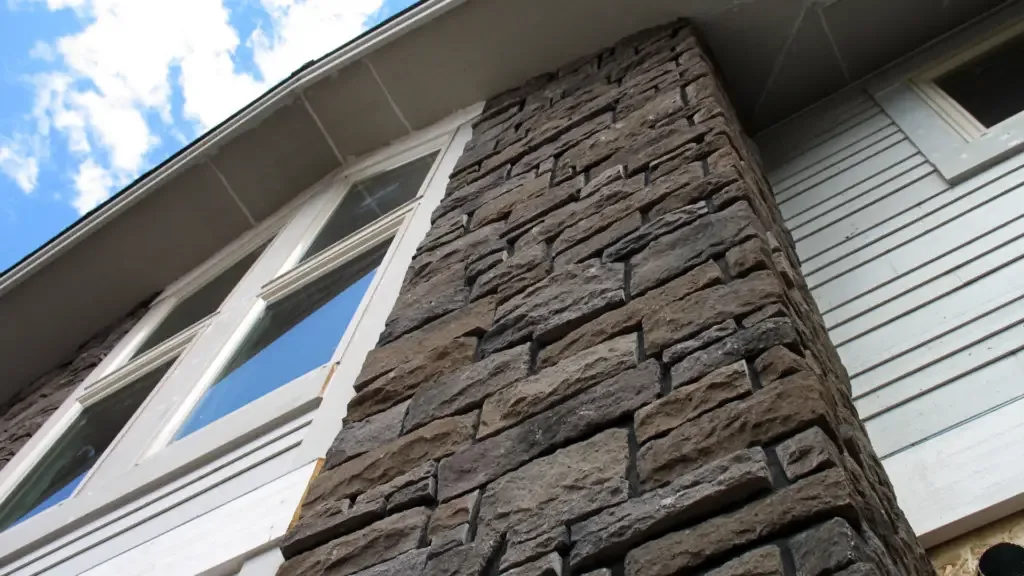
Maintenance of Stone Veneer
Maintaining your stone veneer is key to ensuring its longevity and keeping it looking great for years to come. While stone veneer is generally low maintenance, there are a few things you can do to keep it in tip-top shape.
First and foremost, make sure your stone veneer was installed properly. A proper installation will help prevent any potential issues down the line. If you’re unsure if your stone veneer was installed correctly, contact a professional to take a look.
One of the benefits of stone veneer is that it’s virtually maintenance-free. However, if you notice any dirt or grime buildup, you can easily clean it with a mixture of warm water and mild detergent.
Avoid using harsh chemicals or abrasive cleaners, as these can damage the stone.
Another thing to keep in mind is that stone veneer is not indestructible. While it’s durable, it can still be damaged by impact or extreme weather conditions. If you notice any cracks or chips in your stone veneer, contact a professional to repair it as soon as possible.
If you have faux stone siding, maintenance is even easier. Faux stone is designed to look like real stone, but it’s made from lightweight materials that are easy to clean and maintain.
Simply wash it with a mixture of warm water and mild detergent, and you’re good to go.
In summary, maintaining your stone veneer is easy and straightforward. Make sure it was installed properly, clean it when necessary, and repair any damage as soon as possible. With proper maintenance, your stone veneer will continue to look great for years to come.
